Anubis Ransomware Data Recovery

I think there's an issue with my storage device, but I'm not sure
Start a free evaluationWhat is Anubis Ransomware?
Anubis Ransomware is a type of malware that encrypts files on your computer and demands a ransom to decrypt them. Anubis Ransomware is also known as Anubis, AnubisLocker, or AnubisCrypt.Anubis Ransomware encrypts files on your computer using a strong encryption algorithm. Anubis Ransomware then creates a text file named “anubis-readme.txt” in each folder that contains encrypted files. The “anubis-readme.txt” file contains the following text:Anubis Ransomware has encrypted your files!Anubis Ransomware uses a strong encryption algorithm, which makes your files inaccessible. Anubis Ransomware demands a ransom to decrypt your files. You have 7 days to pay the ransom, otherwise, Anubis Ransomware will delete your files. Anubis Ransomware also deletes backups of your files, making it even more difficult to recover your data.Anubis Ransomware is spread through email attachments, malicious websites, and third-party software. Anubis Ransomware can also be spread through social engineering, which is when hackers trick you into installing Anubis Ransomware yourself.Anubis Ransomware encrypts all types of files, including documents, images, videos, and more. Anubis Ransomware also encrypts backups of your files, making it even more difficult to recover your data.
History
This ransomware was first discovered in August 2018. Anubis is a variant of the STOP Ransomware, which is a very prevalent ransomware family. Anubis Ransomware is written in the C++ programming language.Anubis Crypt is a campaign that is spreading Anubis Ransomware. The Anubis Crypt campaign is using email attachments to spread Anubis Ransomware. The email attachment looks like a PDF file, but it is an executable file that will install Anubis Ransomware on your computer.The biggest Anubis Ransomware attack occurred in September 2018, when Anubis Ransomware infected over 100,000 computers in just 24 hours. Attackers spread Anubis Ransomware through third-party software called CCleaner.
How much is the ransom?
The Anubis Ransomware ransom varies depending on the version of Anubis Ransomware. Anubis Ransomware 1.0 demands a ransom of 1 Bitcoin, while Anubis Ransomware 2.0 demands a ransom of 2 Bitcoins. Anubis Ransomware 3.0, which is the most recent version, demands a ransom of 4 Bitcoins.
How to remove Anubis Ransomware?
Anubis Ransomware is a difficult threat to remove, and it is important to have a professional help you to ensure that Anubis Ransomware is removed completely from your computer.
Is there a public decryption tool for Anubis Ransomware?
No, there is no public decryption tool for Anubis Ransomware. Anubis Ransomware uses a strong encryption algorithm, which makes it very difficult to decrypt your files without the private key.
How can I protect myself from Anubis Ransomware?
You can protect yourself from Anubis by:
- using a reputable anti-malware program
An anti-malware program will scan your computer for Anubis Ransomware and remove it. An anti-malware program will also protect your computer from future Anubis Ransomware attacks.
- keeping your operating system and software up-to-date.
Anubis Ransomware exploits vulnerabilities in outdated software to infect your computer. By keeping your operating system and software up-to-date, you can close the security holes that Anubis Ransomware uses to infect your computer.
- using a reputable cloud backup service.
Anubis Ransomware deletes backups of your files, so a cloud backup service can be used to restore your data after it has removed Anubis from your computer.
If it has infected me with Anubis Ransomware, what should I do?
You should:
- not pay the ransom
Paying the ransom does not guarantee that Anubis Ransomware will decrypt your files. There are many reports of people who have paid the Anubis Ransomware ransom and never received their decrypted files.
- contact a professional to help you remove Anubis Ransomware and decrypt your files
Contact a data recovery service. SalvageData ransomware data recovery team will decrypt your files and guarantee they restored them. Even if decryption is impossible, our experts can communicate with the hacker group on your behalf. Do not wait, Anubis Ransomware is a serious threat and should be removed from your computer as soon as possible.
Related services
These are the most commonly requested data recovery services. At our headquarters' cleanroom lab, our certified engineers conduct a thorough review of any type of physical storage device, determining if there is logical or physical damage and carefully restoring all of the lost files.ces.
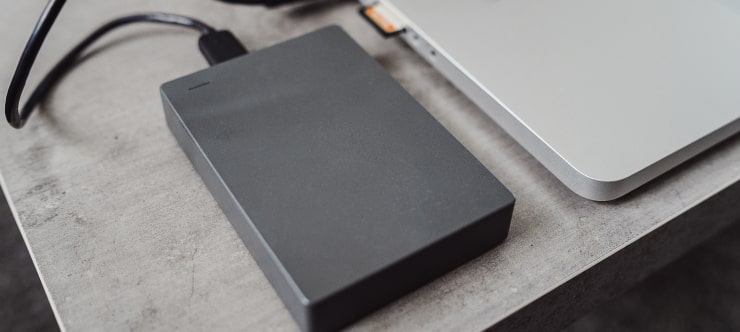
External Drive Data Recovery
We recover data from both external SSD and HDD drives. Rely on certified experts to restore your important files from damaged or corrupted external drives.
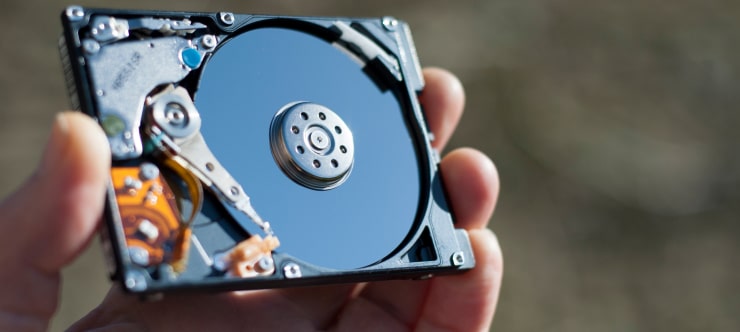
Hard Drive Data Recovery
Recover data from all brands of HDD, PC hard drives, and hybrid disks. Our specialists ensure fast and secure recovery for any data loss scenario.
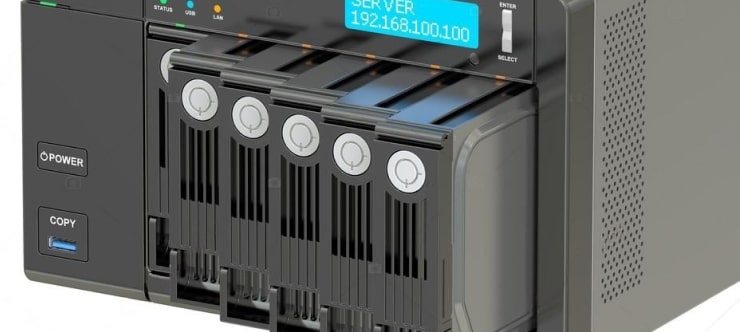
NAS Data Recovery
Recover data from NAS devices, including RAID configurations. Our team handles all types of NAS systems and ensures data recovery with minimal downtime.
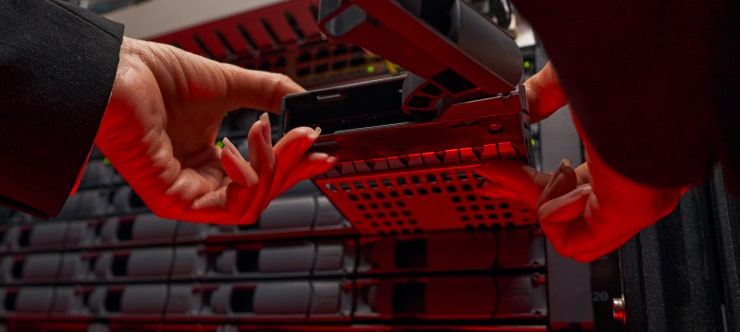
RAID Data Recovery
Our RAID data recovery services cover RAID 0, 1, 5, 10, and other configurations. We offer expert solutions for failed, degraded, or corrupted RAID arrays.
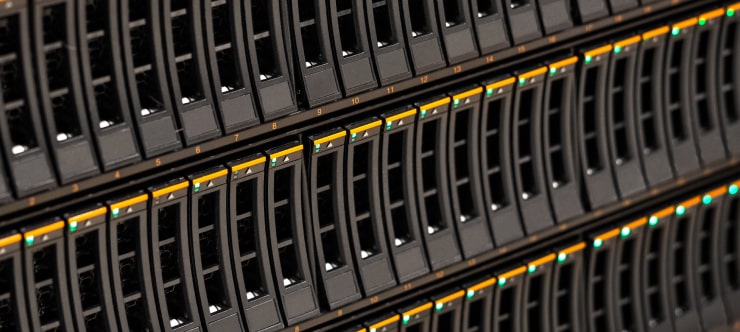
SAN Data Recovery
Our team specializes in handling SAN devices from leading manufacturers like Dell EMC, HP, and IBM, ensuring efficient recovery with minimal disruption to your operations.
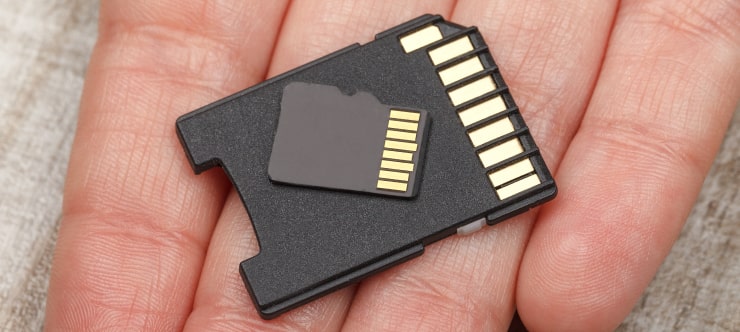
SD Card Data Recovery
Our recovery experts specialize in restoring data from SD and memory cards. We guarantee quick recovery with a no-data, no-charge policy.
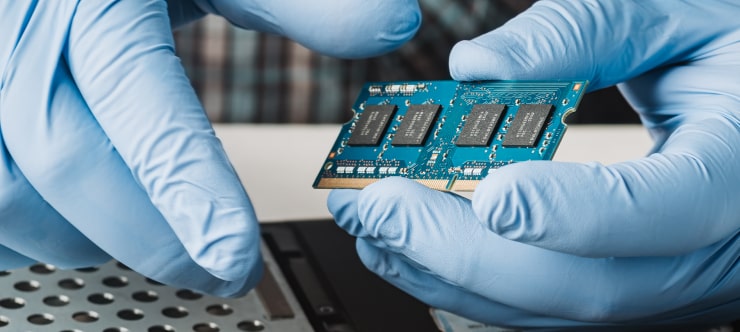
SSD Data Recovery
Our data recovery experts handle all SSD data loss scenarios with advanced tools, ensuring maximum recovery with high-security protocols.
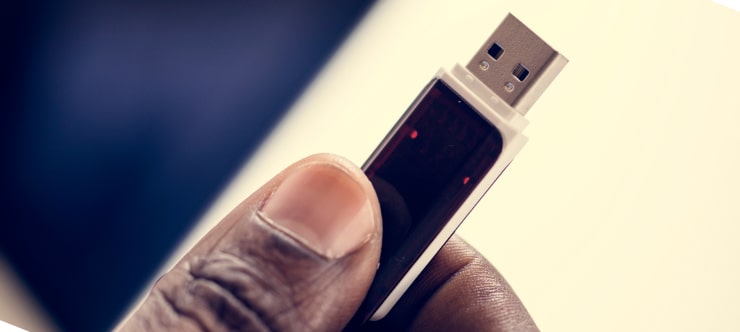
USB Flash Drive Data Recovery
Recover lost data from USB flash drives, regardless of the damage or brand. We offer free in-lab evaluations to assess data recovery needs.
If you’re unsure about which data recovery service to choose, let our team assist you in selecting the appropriate solutions. We understand the anxiety that comes with a sudden drive failure, and we are more prompt in our actions compared to other recovery service providers.



